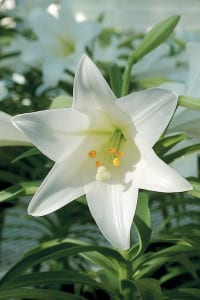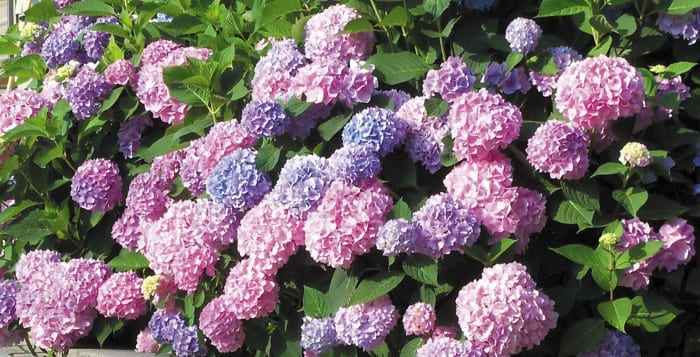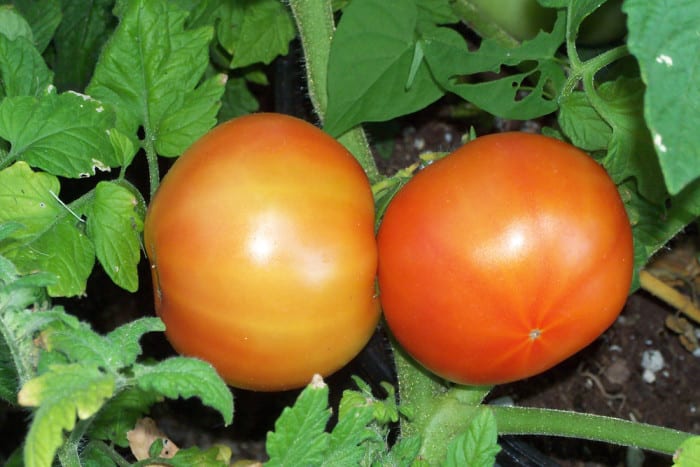By Ellen Barcel
Many Long Islanders have noted the change in Long Island’s climate. Old photos of the Great South Bay, the Long Island Sound and Peconic Bay taken during winters past show the amount of ice around. I’ve even seen an old photo that shows a car being driven on Peconic Bay in the early 1900s.
That was a long time ago, and despite the last two winters’ unusual cold and snow, we haven’t seen that much ice in years. So, yes, our island is definitely in a period of warmer winters. Officially, the U.S. Department of Agriculture’s Hardiness Zone map puts us squarely in zone 7, where in the past we were sort of borderline.
How does the gardener deal with Long Island’s climate? And, what do microclimates mean?
First, microclimates refer to a small area, within a larger one, that has different temperature, rainfall or humidity than the rest of the area. A friend of mine planted some gladiolus in an area near to her house, with two side walls, facing south. These are not hardy glads, but the regular, old-fashioned kind that need to be lifted each fall and stored. Yet, year after year, her glads return, even through unusually cold winters. She has a microclimate, one that is substantially warmer than the rest of her garden.

Microclimates can be one-half to one zone either warmer or colder than the surroundings. Another gardener of my acquaintance had a flowering shrub that she moved and moved repeatedly, until she found a location that was ideal for it. There’s a fruit orchard out east that can grow one type of tender tree in a small hollow but nowhere else. And we all know that the pine barrens tend to be colder than the rest of the island.
So, as a gardener, you may need to:
* Move certain plants more than once until you find the ideal location. I had to move a hydrangea several times until I found the perfect, shady and moist spot in my garden for it to thrive.
* Put plants only rated for zone 7 and warmer in a protected area. This could be behind a fence or in a little nook near the house, in a warmer microclimate. Remember that the past two winters we’ve had unusually cold weather.
* Make sure to mulch any plants in fall that are iffy, since they might not make it through a cold winter. Easter lilies, for example, are rated for zone 7 and warmer, yet frequently do not make it through Long Island winters. Lift them in fall or mulch them to make sure they survive.
* Grow iffy plants in containers that can be moved into a shed or garage over winter for a bit of added protection.
* Replace plants that bloom on old wood with rebloomers or everbloomers. For example, Hydrangea macrophylla, the old-fashioned kind, booms on old wood. Most of us saw few flowers last growing season and can expect very few this season as a result of the cold. So replace the older ones with Endless Summer or another rebloomer so that even if old wood dies back to the ground, new wood will produce beautiful flowers later in the season.
Ellen Barcel is a freelance writer and master gardener. To reach Cornell Cooperative Extension and its Master Gardener program, call 631-727-7850.






